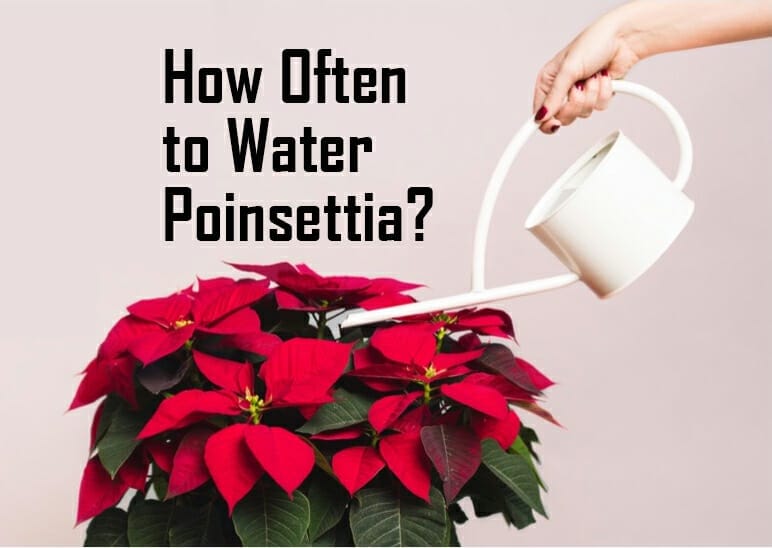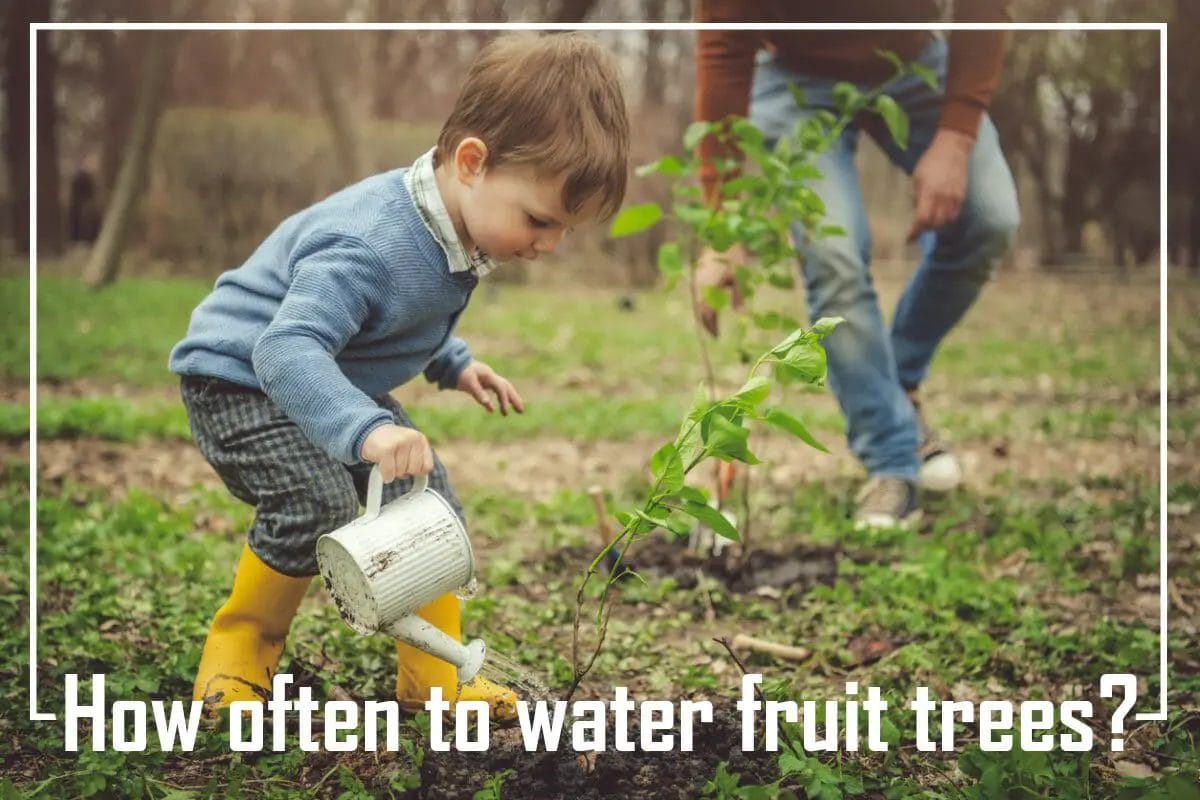Purified and distilled water is important in today’s society: providing extra protection for clean drinking water. Various methods are utilized to create purified water, including distillation, reverse osmosis, ion exchange, and occasionally ozonation to eliminate impurities like chemicals or bacteria.
Distilled water, conversely, only undergoes the distillation process to eliminate impurities. These two purification methods are beneficial since certain minerals present in tap water can be eliminated.
There are three types of water: purified, distilled, mineral, and spring water. Access to clean drinking water is essential for maintaining good health. In developed countries such as the US, tap water is carefully monitored and considered safe for consumption.
Some people use purified or distilled water instead of tap water for extra safety. Filtered water is safer for those with taste preferences or health concerns. Read on to learn more about it.
Introduction of Purified Water
Purified water has been thoroughly filtrated to remove unwanted contaminants and impurities such as bacteria, parasites, and fungi. These processes often involve mechanical filters, carbon filtration, sand beds, reverse osmosis filters, sediment pre-filtration, and ultraviolet or ozone treatment.
It is an ideal source of safe drinking water for homes and businesses as it has virtually no microorganisms present after these filtration processes.
The safety of purified water over untreated tap or well water is widely recognized – numerous studies have concluded that it typically contains lower levels of organic compounds, such as Chlorine by-products which can be carcinogenic (cancer-causing).
Using purified water in all applications, from industrial cooling systems to medical procedures, exceeds the safety requirements of untreated raw sources. This makes it a much more desirable option for most demands requiring the elimination of microbial risk due to its added assurance of high rejections rates for all potential contaminants.
Pros
Purified water is widely accepted to be the healthiest type of water to drink, thanks to its lack of contaminants found in tap water.
While tap water is generally safe to consume in most developed countries, it still often contains a variety of contaminants that can potentially be hazardous to your health. Therefore, many people choose to drink purified water because of its numerous benefits.
Purified water is safer because it removes chlorine, toxic metals, organic matter, harmful chemicals, and bacteria. Drinking purified water regularly is good for your colon and digestion. Drinking purified water helps keep the body hydrated and aids in digestion.
Clean water can strengthen the immune system by removing harmful toxins. All this makes consuming pure drinking water an absolute necessity for healthy living.
Cons
One of the major drawbacks is that the purification process often removes helpful minerals from the water, such as fluoride. Fluoride has been proven to reduce tooth decay and improve overall dental health.
Therefore, if you are choosing to drink purified water, it may be worth looking into other ways to get your daily dose of fluoride, such as chewable tablets or brushing with fluoridated toothpaste.
Another issue with purified water is that many purification systems must be regularly maintained to ensure contaminants do not build up inside filters. Homeowners must regularly replace filters or call technicians to maintain their HVAC system, which can be costly.
Choose a purification system carefully, as some methods may not remove all contaminants like pesticides. The cost of purified water depends on consumption and system installation.
Introduction of Distilled Water
Distilled water is a type of purified water produced through a distillation process. The process involves boiling water, collecting steam, and cooling it back to liquid form. Distilled water is free from impurities and has low electrical conductivity ranging from 0.5 to 3 µS/cm.
It effectively removes contaminants such as bacteria, viruses, and other chemicals from the source water supply.
Distillation is an important process used in many industries due to its ability to remove certain contaminants from the source material completely. It does not require additional chemical treatments or additions, making it more economical than reverse osmosis (RO) or ion exchange processes.
The only disadvantage of distilled water is that some vitamins and minerals can be removed by distillation. However, this can be compensated by adding these back into the end product when necessary or desired.
Pros
Distilled water has many health benefits. It is considered the purest form of water available, as all other impurities – contaminants, minerals, and pathogens – are removed during the distillation process.
Unlike other forms of purified or filtered water, distilled water does not contain any particles or residues that could be left behind by the filters used for purification. This makes it ideal for medical applications or those with certain conditions, such as allergies to particular tap or mineral water substances.
Drinking distilled water reduces lead and chemical risks as it’s free of minerals and impurities. Distilled water can stop kidney stones by preventing mineral salt buildup in the kidneys and urinary tract. Drinking distilled water can improve bodily functions by balancing electrolyte and pH levels for better health.
Cons
Despite distilled water being one of the cleanest and purest types, it has many potential drawbacks. Distilled water requires a significant amount of energy for purification processes, making it one of the more inefficient ways to clean water. This inefficiency harms the environment more than other methods, such as reverse osmosis.
One of the biggest cons of drinking distilled water is that it removes electrolytes and natural minerals from the body.
These minerals – such as magnesium and calcium – are essential for human health, and drinking distilled water can potentially inhibit these nutrients from entering the body.
The lack of minerals can increase risks such as heart disease, fractures, and preterm birth. To make matters worse, most distillation methods also remove all traces of fluoride, which can harm dental health over time due to a lack of strengthening properties in tooth enamel.
The Main Difference Between Distilled and Purified Water
Sure! Here’s a table highlighting the key differences between distilled water and purified water:
| Feature | Distilled Water | Produced through the distillation process |
|---|---|---|
| Production | Produced through distillation process | Produced through various purification methods |
| Removal of Impurities | Removes most impurities, including minerals, bacteria, and dissolved solids | Removes impurities such as chemicals, minerals, bacteria, viruses, and other contaminants |
| Source | Typically sourced from tap water or natural sources | Can be sourced from tap water, natural sources, or pre-existing water sources |
| Purity Level | High level of purity | Varies depending on the purification method |
| Minerals | Lacks minerals due to the distillation process | May contain minerals depending on the purification method |
| Taste | May have a flat or bland taste due to the absence of minerals | Can have a more natural taste, depending on the purification method |
| Uses | Commonly used in laboratory experiments, medical equipment, and car batteries | Used for drinking, cooking, brewing, and various household purposes |
| Cost | May be more expensive due to the distillation process | Cost varies depending on the purification method and brand |
Which Is Better To Drink: Purified Water Or Distilled Water?
Purified and distilled water are both options that offer consumers clean, healthy drinking water. The main difference between the two is that purified water still contains vital minerals and nutrients, which provide essential benefits to the body. By contrast, distilled water lacks all minerals and will not contribute any health benefits.
For those concerned about pollutants in tap water, either option is great for removing potential contaminants from consuming unclean liquids, so both forms are ideal for people who want safe drinking water free from any unwanted particles
However, if you need the purest possible form of H2O, distilled water will be your best choice due to its lack of naturally-occurring minerals or trace elements.
On the other hand, those looking for more nutrient-rich drinking water may choose purified instead to enjoy some semblance of health benefit.
Whatever you make regarding purified or distilled water will ensure you receive a healthier alternative than regular tap water.
Frequently Asked Questions [FAQs]
1: Is Distilled Water Safe To Drink?
Therefore, long-term consumption of exclusively distilled water may lead to mineral deficiencies. Consuming a balanced diet that includes other sources of minerals is recommended.
2: How Is Purified Water Different From Tap Water?
These methods help remove impurities such as chemicals, minerals, bacteria, viruses, and other contaminants, resulting in higher purity water than tap water.
3: Can I Use Distilled Or Purified Water In My Appliances And Equipment?
Depending on the specific purification method, purified water can also be suitable for various applications like humidifiers, steam irons, and water-based cooling systems. It’s always recommended to follow the manufacturer’s instructions regarding the type of water for specific appliances and equipment.
4: Which Is Better For Drinking, Distilled Or Purified Water?
Some people prefer the taste of purified water as it may have a more natural flavor than distilled water. Ultimately, the choice between the two depends on personal preference and the availability of alternative sources of minerals in your diet.
5: How Can I Obtain Distilled Or Purified Water At Home?
Purified water can be obtained at home through various methods, such as using a home water purification system with filters and UV sterilization or purchasing commercially available purified water from reliable brands.
Ensuring that any home purification system is properly maintained and regularly serviced for optimal performance is important.
Conclusion
Distilled and purified water are great options for those who want to drink safe, clean water. Distilled water is the purest form of H2O and is ideal for high-purity applications. However, it lacks naturally-occurring minerals and trace elements. Purified water may contain some essential minerals but can also be used in various applications. Choosing between distilled and purified water depends on personal preference and availability.

As an accomplished author and expert in water filtration and mineral content, I have dedicated my career to understanding the intricacies of water quality and its impact on human health. With a keen eye for detail and a passion for sharing knowledge, I have written extensively on the subject, covering everything from the differences between hard and soft water to the benefits of using a water filter at home.






